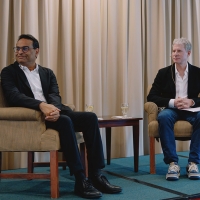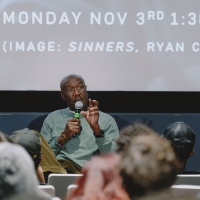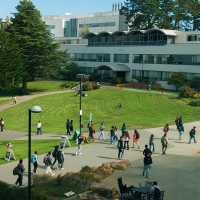University professor calls for reform of U.S. child neglect laws

A new report highlights the detrimental discrepancies between child neglect laws and child development research
For children, being allowed to walk to a playground or to school by themselves is an exciting achievement — a sign they’re becoming “big kids.” Developmental scientists agree: They say such moments are critical milestones in a child’s development. Yet there are many child neglect laws in the United States that conflict with research about childhood and may actually interfere with development.
A new Social Policy Report paper by San Francisco State University Assistant Professor Rachel Flynn and collaborators explores this conflict and asks at what age can a child perform tasks without adult supervision. The answer is tricky, the authors explain, but reducing the answer to an age range (usually in preteens to early teens) can have serious consequences. It can lead to parents and guardians being unfairly prosecuted and be harmful for families and children. To complicate matters more, broad child neglect laws dramatically vary across the nation.
“I like to think [the laws are] well-intentioned and meant to keep kids safe. But the fact that there are places in the country where it is illegal for a child to be alone at 10 or 12 or babysit for their younger siblings … most developmental [scientists] would never guess that,” said Flynn, an assistant professor in the Department of Child & Adolescent Development at San Francisco State.
These child neglect laws often do not align with developmental science research, the authors explain. Previous research in the United States and internationally suggest children undergo a shift to taking on more responsibilities around 5 to 7 years. To participate in independent activities, children need to reach developmental milestones in physical, cognitive and social abilities, and most children achieve these skills by 6 or 7 through experiences. A child’s ability to achieve these milestones are also dependent on many factors, so guidelines based on age alone without context are not effective.
“I think the other really big thing is remembering to keep this in the social justice lens … ,” Flynn said. “We’re really trying to drive home the idea that these child neglect laws can impact anyone anywhere, but children of color are particularly impacted … They’re more likely to have touch points with child protective services than white children as a result.”
Well-meaning but misplaced reports of child neglect due to lack of supervision can strain child protective systems that are intended to protect children. Flynn hopes everyone — policymakers, developmental science researchers, grade-school educators, pediatricians, parents and social work hotline moderators — look at the research paper’s recommendations to begin mitigating the negative impacts of some laws.
“Hotlines were meant to help children,” Flynn said. “They’re not helpful when every person calls because of every situation that they personally disagree with, for example a child walking their dog around the block alone. That clogs up resources and keeps the true neglect and abuse cases from getting the attention.”
Flynn was surprised to see the lack of developmental research on this topic but attributes this to a lack of awareness. There are psychologists, educational researchers and health researchers doing relevant research, but they don’t all talk together.
While her own research usually focuses on the media’s impact on children and how it affects play, Flynn plans to take the lessons of her recent paper into her advocacy work. She has already talked to some policy makers and hopes to help educate hotline workers and others.
“The question always is what age can kids be unsupervised? There’s no straightforward answer. It’s rooted in individual differences in context and cultures and variations,” Flynn said. “But we can provide some guidelines to really say that children are very capable at a very young age, and with experience children can be even more capable.”
Learn more about SF State’s Department of Child & Adolescent Development.
Tags



